Responsive web design is now pretty much established as not just a key web design trend but an important principle of creating a good, effective online presence. But this doesn’t mean that the web world has slowed its ever-rapid pace of change, nor that there aren’t trends within responsive web design that might grow and develop. In 2016, we can most likely expect to see the following trends dominating the responsive website world:
More Scrolling
The idea of getting everything important above the fold has been a bit of a questionable one for a while now. The advent of responsive design – or at least of the same market developments that have made responsive design so big – has thoroughly laid it to rest as the use of mobile devices has thoroughly normalised the need to scroll. As designers and businesses increasingly catch on, scrolling is likely to become more commonplace through 2016. Some of this will be just down to not bothering with above-the-fold principles, but some will be the result of other trends that make use of scrolling continuing to catch on. Examples include the use of eye-grabbing “hero images” at the top of the page, unfolding a story as visitors progress down the page, or simulating a multi-page site on a single page.
Animations
Animations are increasingly being used to enhance a website, and this is a trend that is likely to continue and indeed accelerate in 2016. As long as they are tastefully used (and we’ve all seen examples of what can happen when taste isn’t a factor) animations can make a site more interesting and really grab they eye. This latter point is great for subtly drawing a bit of extra attention to call-to-actions. Functional animations, such as controllable 360° product views, are also likely to become more and more widely-used.
Similarities and Differences
The application of the same, admittedly sound responsive and mobile-first design principles has led to a lot of very similar looking websites. The rise of theme-based, end-user-editable CMS platforms – especially WordPress – has also led to a lot more websites that look alike. To some degree, this is another one of today’s prominent web design trends that’s set to carry on into 2016. Considering that part of this is down to sites simply applying the same very similar principles and creating highly functional and streamlined sites, a lot of businesses will be perfectly happy to accept this state of affairs. That said, however, it’s possible that those businesses which are not happy with things will take a somewhat reactionary stance, trying all the harder to set their websites apart.
Cards and Tiles
Usage of cards or tiles is likely to keep catching on next year, and there are a couple of reasons for this. Firstly, it’s a nice way to stick a lot of content into a fairly clean and attractive-looking layout. Individual tiles keep each piece of content separate and neatly-contained, even when each one has an illustration to add interest, and it’s an excellent layout for putting multiple articles in front of people in a way they will find easy to scan. Secondly, tiles are easy to rearrange and resize, making this kind of layout perfect for responsive design as it’s easy to adapt to different sizes and shapes of screen.

